Enzo Meglio is a painter based in Paris and a Beaux-Arts graduate. In June 2023, he spoke with Lara Mashayekh about his oeuvre and passion for cinema.
Lara Mashayekh: I’m interested in the subjects of your paintings. Some of them appear to be inspired by The Wizard of Oz and other films.
Enzo Meglio: Yes, my taste in composition and narration comes from cinema and cinematography. My parents are cinephiles, and I grew up watching films from their generation. I admired the old-school special effects in classics like Jason and the Argonauts, with its odd puppeteer designs. I like articulating that lack of realism and strive to create eye-catching atmospheres in my paintings.
LM: How was your experience at the Beaux-Arts?
EM: I had an extraordinary experience at the Beaux-Arts. Since I couldn’t bring live models to the studios there, I had to be imaginative and not rely on painting from life (peindre d’apres model) and instead relied on peindre de pratique, or repeatedly making works from scratch. My characters derive from a repertoire of memories. During COVID, when I couldn’t go to the studio, I learned to make 3D sculptures or computer models to help prepare my composition. Sometimes I’ll also make preparatory miniature clay sculptures to get the gestures right. I like to make a very vague first layer when I start a painting, considering the framework of light and composition, then I gradually add details.
LM: How did you develop the settings in your diplôme series? Do you have a theme in mind before doing these works?
EM: When I was in my third year at the Beaux-Arts, I made a lot of paintings about The Wizard of Oz because the characters are very dynamic and are ideal for portraying grief and guilt. The passionate friendship between Dorothy and the magical people like the Scare Crow or Tin Man intrigued me, but it also served as a platform for practicing composition. I sought to produce different compositions using various brush applications and colors. I eventually expanded my repertoire of stories to include other tales and fables. The science fiction novelist Philip K. Dick is an excellent source for me, as I often adapted scenes from his stories and find them apt for paintings. In the fifth year of my diplôme, I aimed to make structured compositions that could be coherent in a room.
LM: Yes, even though your works have looser compositions, for certain pieces in your final diplôme, it was hard to decipher the spatial-temporal aspects.
EM: Yes, exactly, and that’s an exciting way to see it. I think that’s connected to how I conceptualize spaces in my process. Sometimes certain places merely serve as templates or models for the composition and storyline.
LM: Do you have individual inspirations for each work?
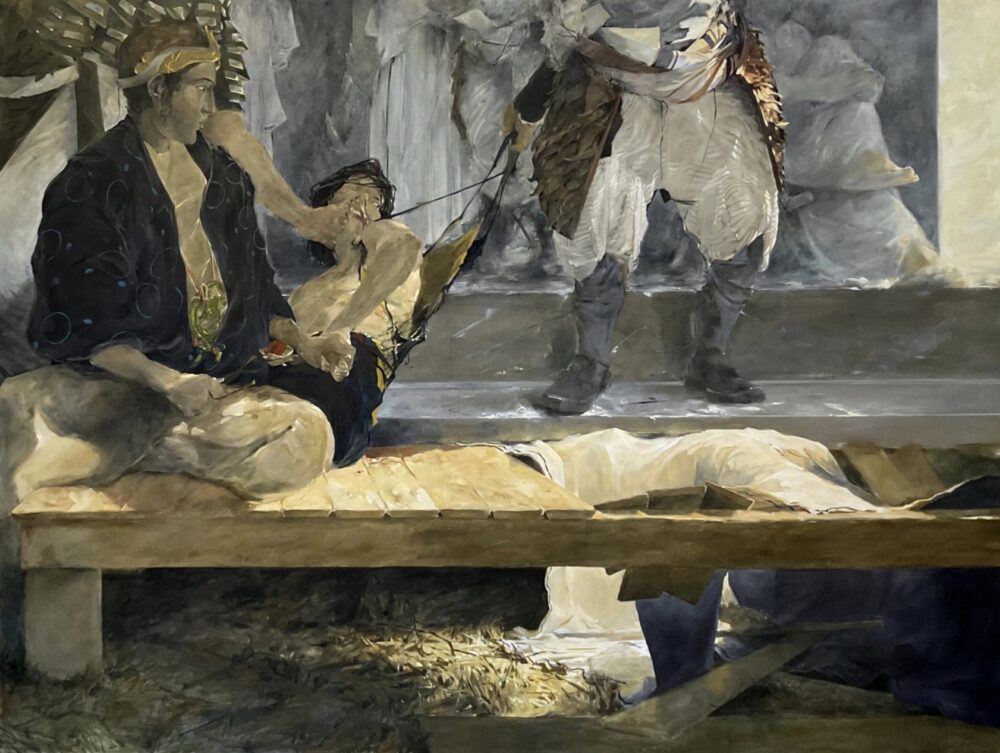
EM: Yes. For instance, The Enigma of the Steele references Conan the Barbarian, which stars Arnold Schwarzenegger. It’s odd to make a painting (especially a large one) of this theme, but I always thought it was prevalent in fine arts and history paintings. I was surprised years later when I rewatched the film to realize that the overarching “canvas” or story of the film and the characters’ interactions were so nuanced and complex. I felt compelled to make a large painting. There aren’t many grand historical paintings in the Beaux-Arts, so I thought that taking an intellectual but nonliterary or mythical source would make it accessible to everyone. It’s cool to take contemporary sources. People don’t get frightened by the source material of Conan the Barbarian.
LM: That’s intriguing. The outfits were quite interesting in this work as well from your diplôme. What’s The New Clothes about? This one illustrates my point about unusual settings because of its nebulous clouds.
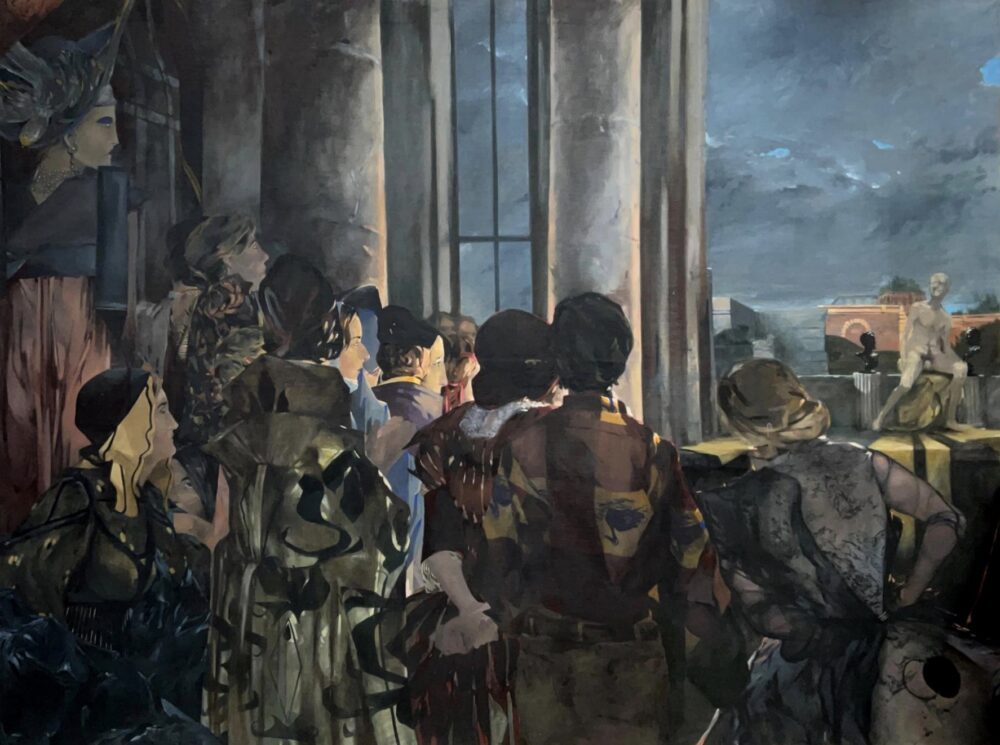
EM: That work is about a strange short story by Hans Christian Anderson called “The New Clothes of the Emperor.” The tale is about a king who constantly seeks out new and expensive wardrobes. One day, clothing makers come to the palace to tell him they have luxurious clothes for him—that are only visible to well-educated or erudite individuals. This scene in the canvas depicts the last moment and height of the drama, where the king shows all his subjects his luxurious new attire while appearing naked. The crowd is well-dressed and sported their finest clothes to attend the fête. It’s stylistically a mix of fictive and quoted costume references. Notably, the character on the top left wears a lavish hat modeled after a Dior haute-couture chapeau from Fall 2005.
LM: How interesting. What is The Golden Cockerel about?
EM: That work is based on a tale by Pushkin. As the story goes, an advantageous conqueror grows old and needs to stop isolating himself, but he continually wants to keep his border intact. An alchemic merchant gives him a fantastic object of a girouette [weathervane], which moves with the wind in the shape of a rooster. This girouette is magical because it points towards the closest danger for the kingdom; the only information you can get from it is direction. I imbued my interpretation of the story and presumed that the king would be paranoid and pensive, so I chose to depict the old king as trapped inside his room, only caring about the direction of the closest danger without knowing if it’s close to it or what kind of danger it is.

LM: How unsettling. It’s nice that you let the paint drip and that you added minute details on the curtains. Do you look to art history for inspiration?
EM: Art history is crucial and pertinent for the narration. For example, I also like the royal manufacturers including those at Gobelins or Versailles because there’s a lot of encoded information in the works, like coats of arms or portraits. Since the king is perpetually worried about where the danger comes from, I felt it was logical to include information in his surroundings about rivaling families or other things from the empire. I got inspired by old cartography of border maps for that. For my diplôme, I turned to movies and books from childhood as topics that could sustain my interest for multiple months of painting over a year.
LM: How interesting and that sounds practical. What’s this work about? [gestures to painting]
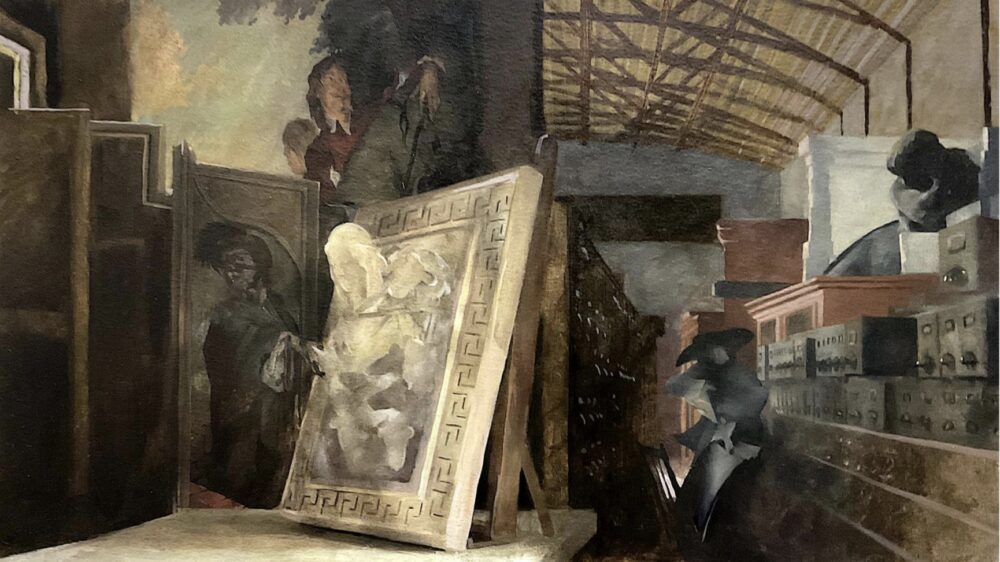
EM: This painting was partially inspired by The King and the Bird, an animated film by Trimaud based on a story by the French poet Prevert. It was the perfect mélange between cinema and painting because it’s a movie where all the characters are works of art that come out of the frame. A romantic triangle between the king and the two lovers ensues, which also makes it a melancholic tale. I wanted to evoke the idea of an artwork coming to life. This scene depicts the storage room of the museum, where, among the works of art present, one can see two characters holding hands in the foreground of the canvas. One of the figures is a chimney sweeper, which I mixed with the old paintings from the Middle Ages.
LM: Is this character inspired by van Dyck?

EM: Yes, that character is essential to understanding the story. The third character is the king, who hunts down the lovers in a jealous rage. For this, I reappropriated the painting Portrait de Charles VI by Anthony van Dyck, held at the Louvre, which beautifully depicts the king amid a hunt alongside his servant. The image in the back is familiar because it references an actual painting, but it’s only missing one figure. In my version, the king exits the frame to look for the two lovers.
LM: I would love to shift gears and have you tell me a little bit about your routine and daily life.
EM: I find the most solace in working during the quietest time of day, usually in the early morning and late at night. This year I had a lot more time to work and concentrate. I want to depict the décor of everyday life settings and incorporate many elements of my domestic space in my paintings.
Sometimes, I paint my kitchen, as with The Melting of the Wicked Witch of the West. The two versions of the Wicked Witch of the West directly quote the studio. If the theme directly derives from something fantastique or if I want to exude humanizing feelings like guilt, sadness, or solitude, it is more efficient to quote everyday life settings.

LM: If you lived in any period or era for only two days, what would you choose and why?
EM: Good question. I read a lot of science fiction writer Philip K. Dick books, like Le Guérisseurs de Cathedrals. In that story, an ancient vase restorer lives alone in another civilization. I’d choose to live in that world, a world with several planets, archaeological matter, and an entire history of art to uncover. The character in the book proposes going on a grand adventure of restoring works from other planets. That appeals to me because restoring an ancient civilization requires an assortment of passion for art and old life. When making art, you go through galaxies because it’s like a combination of experiences. I’m passionate about mixing art with my interest in the cosmos and science; a fictional world where I could continue exploring these intersections is one I would be interested in living in, to answer your question!


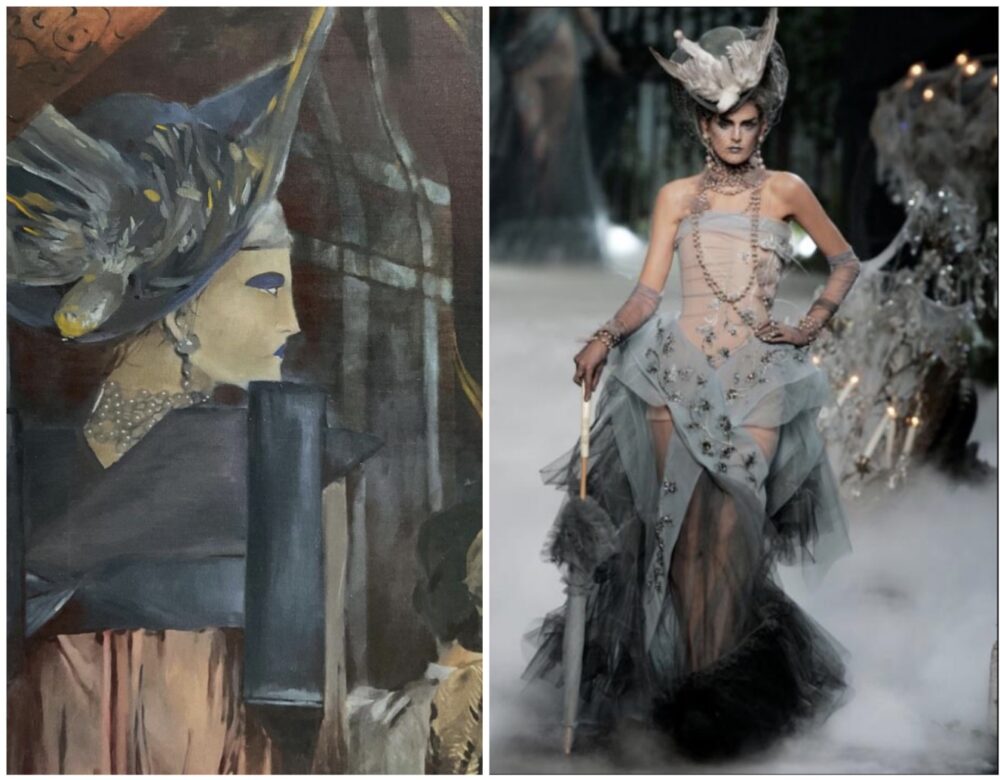
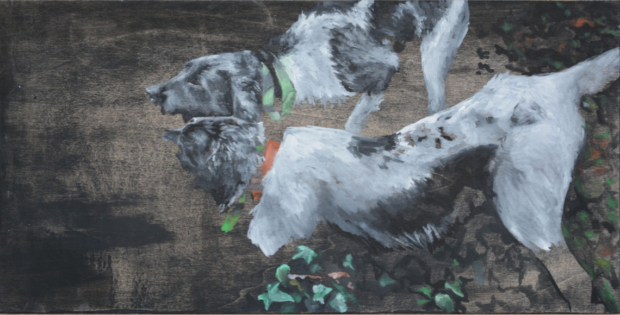
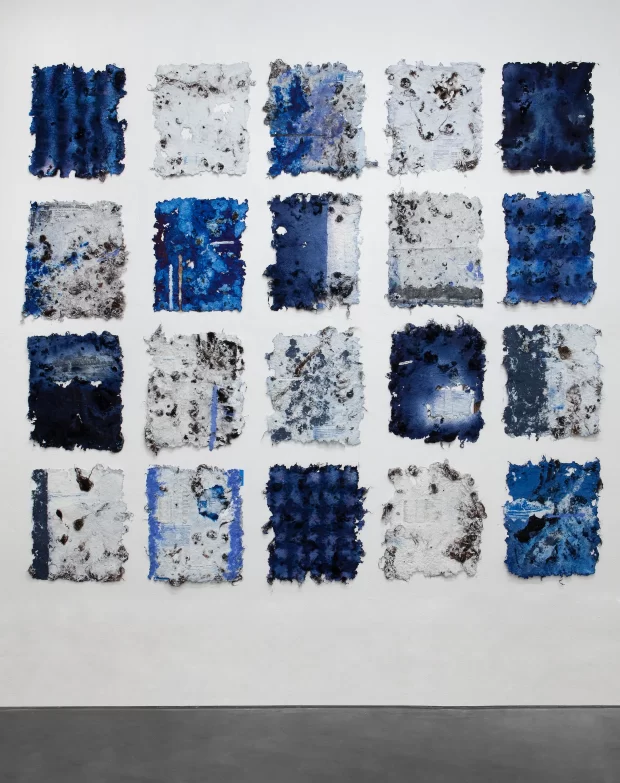
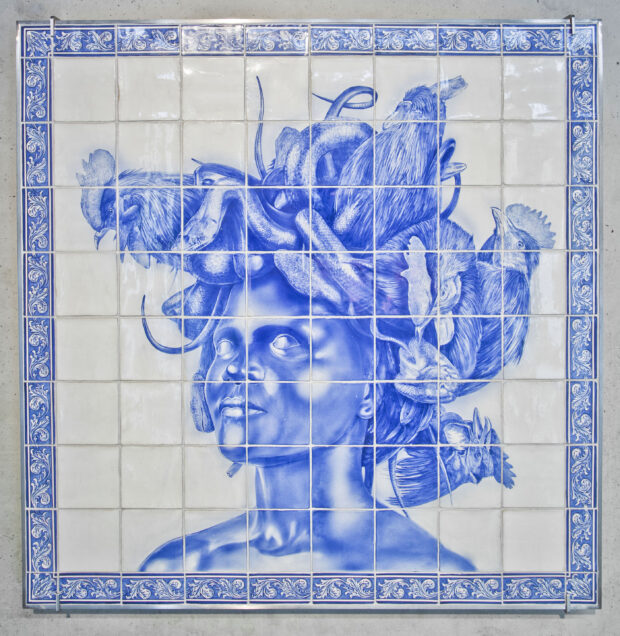
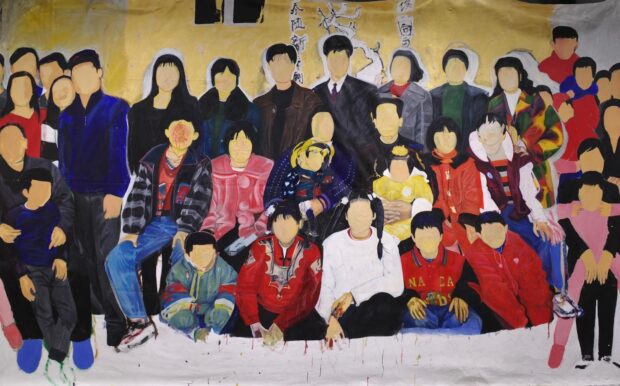
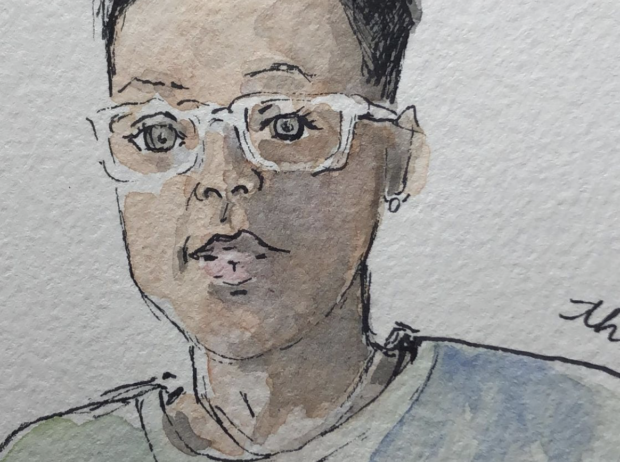
Be First to Comment